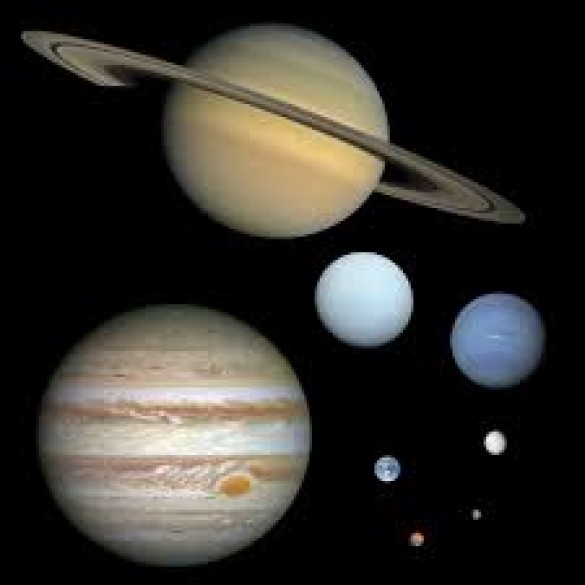
In the vast expanse of our solar system, each planet boasts its own unique set of characteristics, but none are quite as intriguing as Venus. Often referred to as Earth's "sister planet," Venus is a place of extremes, where a single day is equivalent to a staggering 243 Earth days. This remarkable phenomenon has puzzled scientists for generations, and in this article, we will delve into the mysteries of Venus's day-night cycle, its impact on the planet's climate, and what makes this world so distinct.
Venus's day-night cycle is one of the most extreme in our solar system. To put it simply, one day on Venus lasts longer than its entire year! While Earth takes approximately 365 days to orbit the sun, Venus completes this journey in only about 225 Earth days. However, when it comes to its axial rotation, Venus is an outlier.
Venus rotates on its axis in the opposite direction to most other planets, including Earth. This is known as retrograde rotation. While Earth rotates from west to east, Venus goes from east to west. This unique rotation, combined with its dense atmosphere, is the primary reason behind the planet's exceptionally long day.
Venus's slow rotation has profound implications for its surface conditions. The planet experiences extreme temperature variations between day and night. During the day, the surface can reach scorching temperatures of up to 900 degrees Fahrenheit (475 degrees Celsius), hotter than the surface of Mercury, the closest planet to the sun. Conversely, at night, temperatures drop dramatically.
To understand why Venus has such an extended day, we need to explore the concept of tidal locking. Tidal locking occurs when the gravitational forces between two celestial bodies, in this case, Venus and the sun, result in one body always facing the other. In Venus's case, this means that one side of the planet constantly faces the sun while the other remains in perpetual darkness.
While Venus is not entirely tidally locked like the moon is to Earth, it exhibits a form of synchronous rotation. This means that its rotation is so slow that it takes about 243 Earth days for Venus to complete a single rotation. As a result, one day on Venus is roughly equivalent to its time of axial rotation.
Venus's dense atmosphere further complicates its day-night cycle. The planet's thick blanket of carbon dioxide traps heat, contributing to the extreme temperatures experienced on the surface. Additionally, Venus features super-rotational winds in its upper atmosphere, which are much faster than its surface rotation. These winds can reach speeds of up to 200 miles per hour (322 kilometers per hour) and contribute to the planet's atmospheric mysteries. In the realm of celestial wonders, Venus stands out with its astonishingly long day, a day that lasts longer than its entire year. Tidal forces, coupled with a unique rotation and a thick atmosphere, have created a planet of extremes, where the scorching daylight and frigid nights are unlike any other place in our solar system. As we continue to explore the mysteries of Venus, we gain valuable insights into the diversity of worlds beyond our own. So, the answer to the question of which planet has a day equal to 243 Earth days is Venus, a world of extraordinary phenomena and celestial puzzles.
Are Improved Animal Fat Biofuels More Harmful Than Beneficial?
Sweet Potato Salad: Sweet potato is rich in fiber, beneficial for diabetic patients